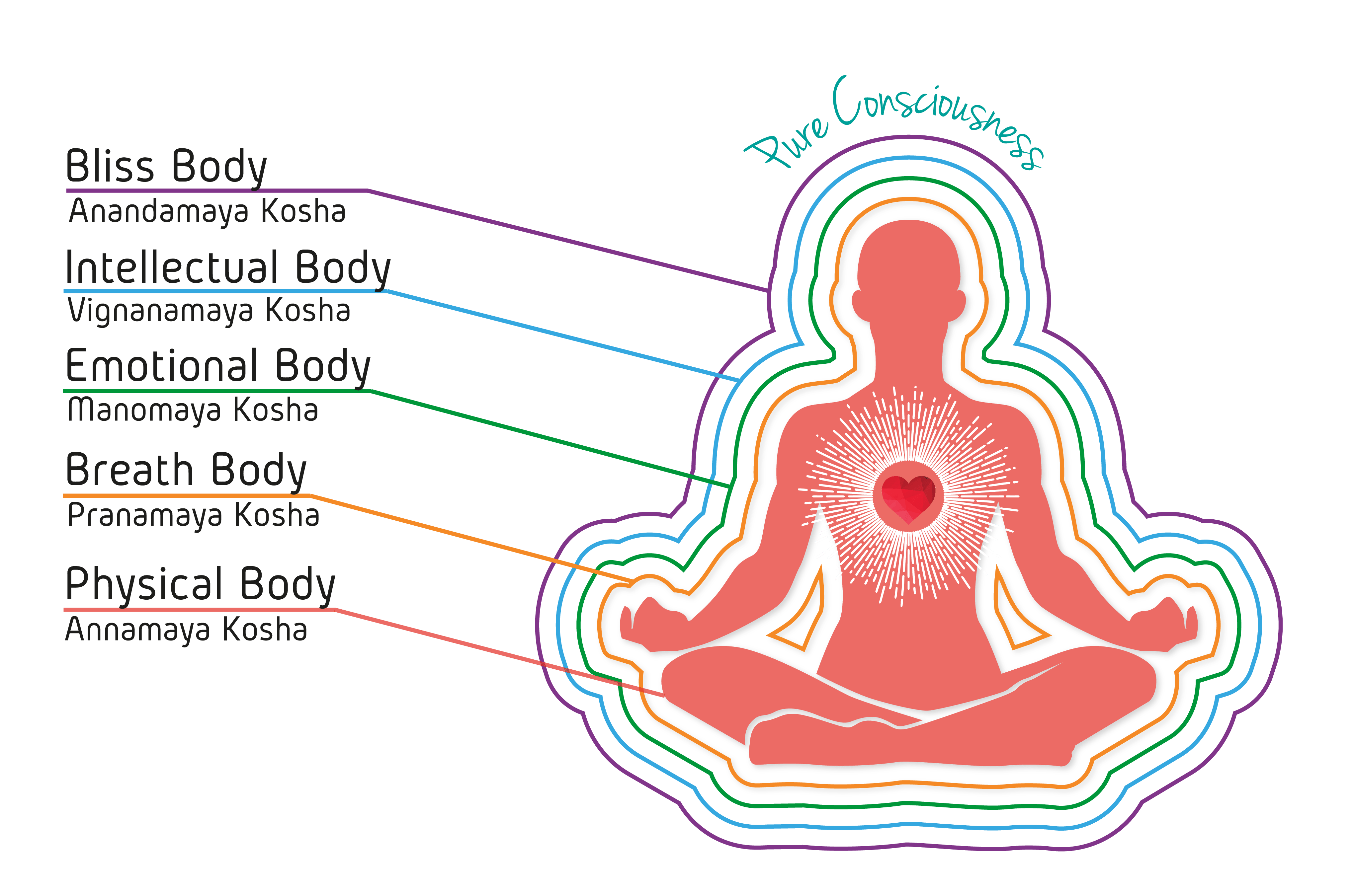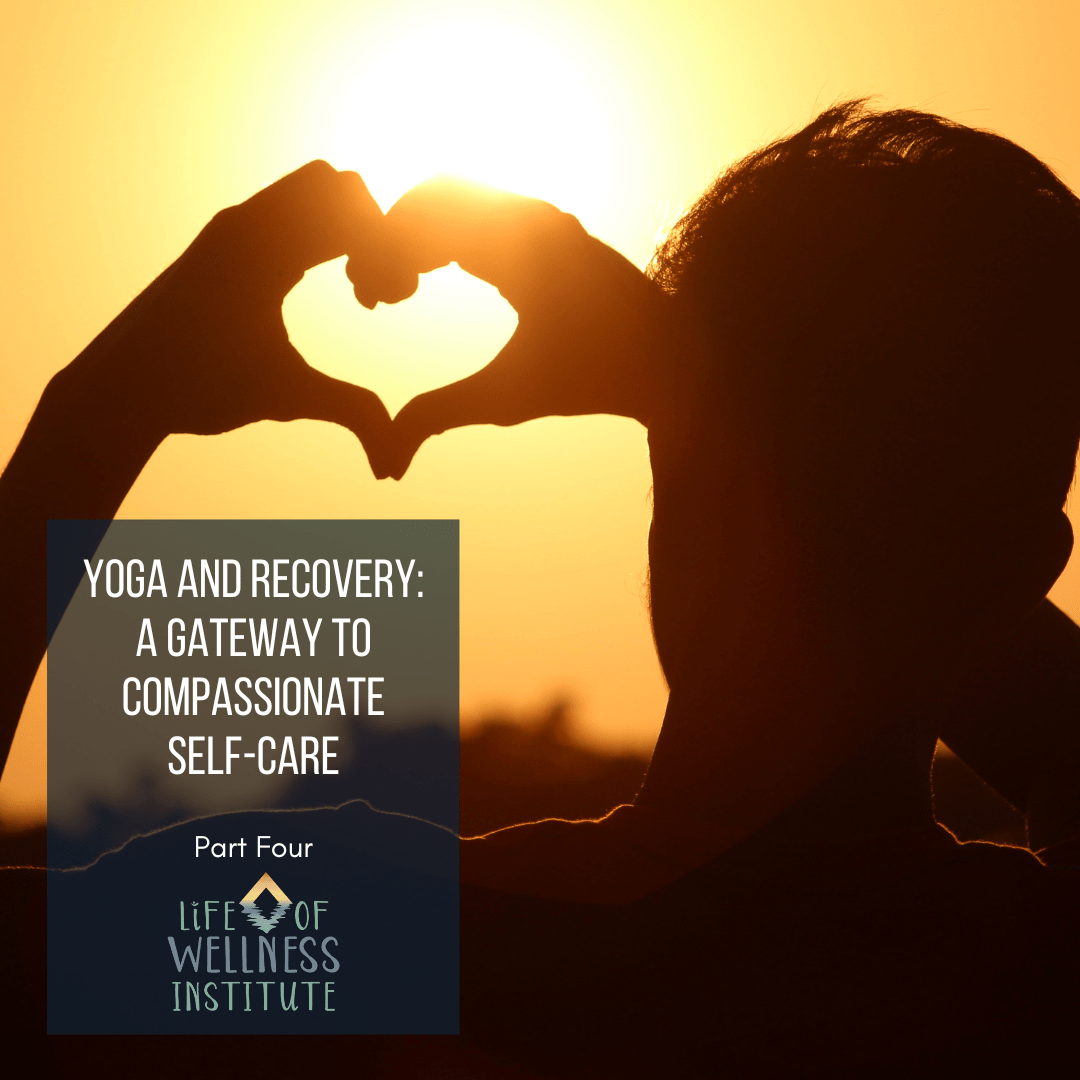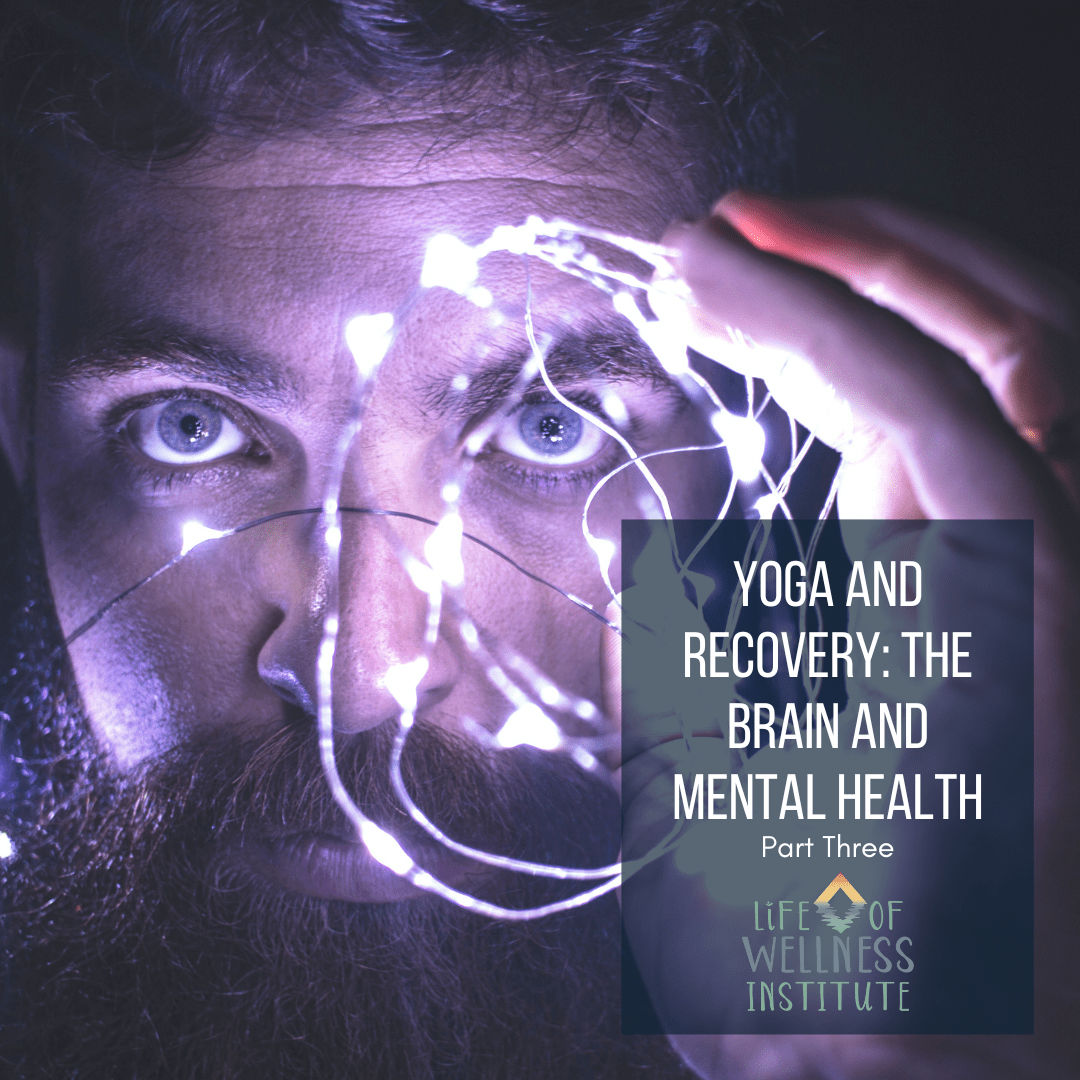My first Nidra experience
I remember the first time I tried a Yoga Nidra practice. My younger sister was sick. I had spent weeks driving to her appointments, talking to family, and losing sleep. I was so tired, and I needed a break.
As I lay in the familiar home of Savasana, I could not settle. So I put in my headphones, opened YouTube, and picked a meditation. I let my awareness settle into the voice, guiding me to deepen my breath and sink into the practice. It didn’t take long to notice my fear for her well-being and peacefully acknowledge the impact I was feeling—something so difficult when we are in a state of busyness and prefer to be numb.
Afterward, I was calmer and able to act as needed, and I slept the entire night peacefully. The next day, I communicated my needs to others and asked for help. It was like someone had lifted a weight off my heart. Being so focused on the situation, it didn’t occur to me for another three days what had changed. It wasn’t until I felt overwhelmed and exhausted that I took another break, with the same benefits after my second time with the practice.
What is Yoga Nidra?
Yoga Nidra, or yogic sleep as it is also known, is a compelling meditation and one of the most accessible yogic practices. As we practice, we rest comfortably in the therapeutic benefits of Savasana while settling into the Yoga Nidra state of consciousness. The space between being awake and sleeping is just before we go to sleep.
Nidra is different from traditional meditation, practiced fully awake. Instead, yoga Nidra happens in the state of being between sleep and consciousness, where deep healing within the five layers of self begins. Richard Miller, Ph.D., the author of Yoga Nidra: A Meditative Practice for Deep Relaxing and Healing, states that there is no separation between our dream state and reality; they inform each other. Thus Yoga Nidra allows us to align with what’s true. The self-exploration is the opportunity to see ourselves clearly, and re-frame the context we live within.
Yoga Nidra is an exploration through the Pancha maya kosha, the five layers of self. Our koshas each inform and support each other. While they are individual, they are also inseparable.
- Pancha = five
- Maya = illusion or appearance
- Kosha = sheath, covering, or layer

How Yoga Nidra works
In today’s lifestyle, we are inundated with stimulation and intake. In a state of constant connection, we often take on more and more each day. As a result, most of us are stressed, and our nervous systems spend more time in the sympathetic, or fight, flight, and freeze state.
As I worried for my sister’s well-being, my nervous system dealt with the fearful thoughts filling my mind. The daily worry keeps me almost chronically in fight or flight mode. I would wake up through the night, my mind filled with worrisome thoughts. In addition, my digestion gives me trouble as my nervous system naturally responds to taking resources from functions deemed unnecessary in sympathetic conditions.
When my mind’s activity and tension in my body disrupted my yoga and meditation practice, Yoga Nidra powerfully and efficiently accessed the “rest and digest” of the parasympathetic st te. The state that naturally activates the body’s ability to recover. While this practice was releasing the effects I was experiencing, much more was taking place. Connecting ourselves with all five layers of our being brings with it the opportunity to let go, re-frame, and restore.
Click here to try a Yoga Nidra on our free meditations page.

The benefits of Yoga Nidra
At the beginning of your practice, whether you reach the state of conscious awareness and restful nature of Yoga Nidra, or if you fall asleep, which is quite common, you will start to feel more rested. One hour of Yoga Nidra can provide the same benefits as a few hours of sleep.
In our lifestyles today, more than 30% of the population suffers from insomnia. In addition, more than half of us lose sleep due to stress and anxiety. As a result, we find ourselves chronically deprived of the most valuable restoration for our minds and body; sleep.
As you continue your practice, you can rely on it as a tool when you are feeling under-rested, stressed, or in a state of unease. You can also use your practice to bring clarity, be connected with your purpose, and bring balance to your entire self.
In a 1999 study at the State University Hospital in Copenhagen, they scanned the brains of men and women during Yoga Nidra. They found that the deep resting state of Yoga Nidra was similar to sleep, but they were completely conscious. “The measurements show, for the first time, that one can be completely aware in such a deep state—that one can consciously experience and control the brain’s activity simultaneously. Confirming that meditation is the fourth major state, equal to dreaming, sleeping, and wakefulness.” “We had not expected the meditators to be able to control their consciousness to such an extent. “(Brain researcher Troels Kjær, The Kennedy Institute, Copenhagen, Denmark)
1. Yoga Nidra is accessible to all
You may have experienced that not all forms of yoga are suitable for you. However, yoga Nidra is available to everyone’s age, body type, and physical ability. We practice being restful, either lying down in savasana or a seated position if this is not accessible.
2. There is no wrong way to practice
Lay down in a supported savasana and follow the voice of your guide. You are not expected to do or create anything or even remember the meditation. Allow the experience to unfold.
3. An easy practice to bring into your daily lifestyle
Do you remember the naps we took in preschool and kindergarten? Imagine that with a guided experience. You can practice from 5 minutes to an hour, making this easy to add to our daily lives. Some find it easy to begin this practice just before bed. Not only will your practice release tension and stress from your day, but your sleep also will be more peaceful and beneficial.
4. Reduce stress simply
The deep, restful practice is grounded in the nervous system’s power. Our nervous system knows what to do for physical, mental, emotional, and spiritual healing. We need to give it time to do it. Within this state, we can clear away the thought-driven nature of stress and connect and bring awareness to the calming benefits of the parasympathetic state.
5. Connect with your true self
The practice of Yoga Nidra is a space of self-exploration, where we can bring awareness to what exists within each of our layers of self. To bring attention to what is needed. To release long-held tension, emotions, unhelpful beliefs, and stories. We can come face to face with our truth in a non-judgmental and safe way. We can dive in without the need to face the emotion overwhelmingly.
Yoga Nidra was the perfect tool in my self care tool box! It is how I was able to simply be with my fears, without activating my anxiety. I was able to be with my sadness, without overwhelm. I was able to release the tensions in my physical body. All while being with the love in my heart for her healing, and supporting my own nervous system to protect my own well-being.
If you are interested in learning to teach Yoga Nidra, join our upcoming Yoga Teacher Training.
Disclaimer:
No content on this site, regardless of date, should ever be used as a substitute for direct medical advice from your doctor or other qualified clinicians.



